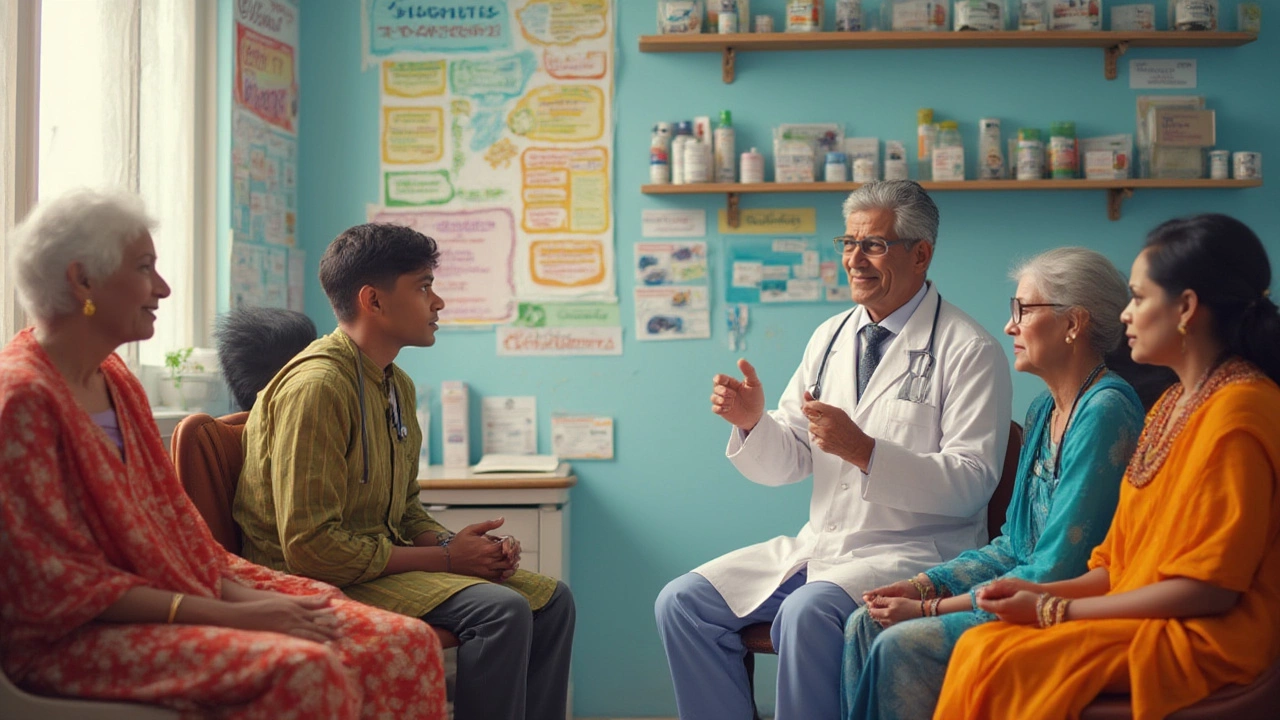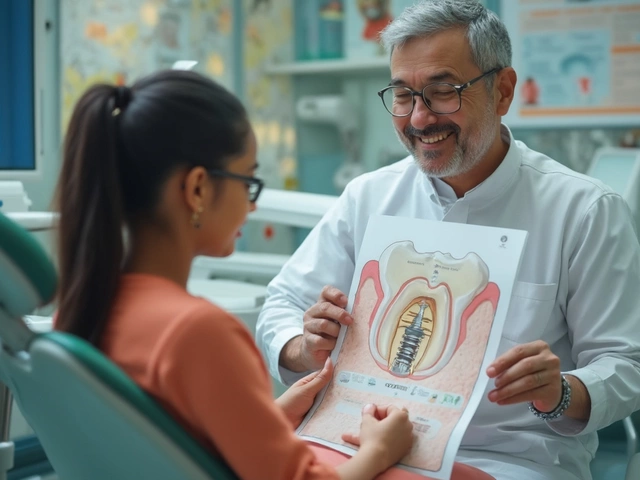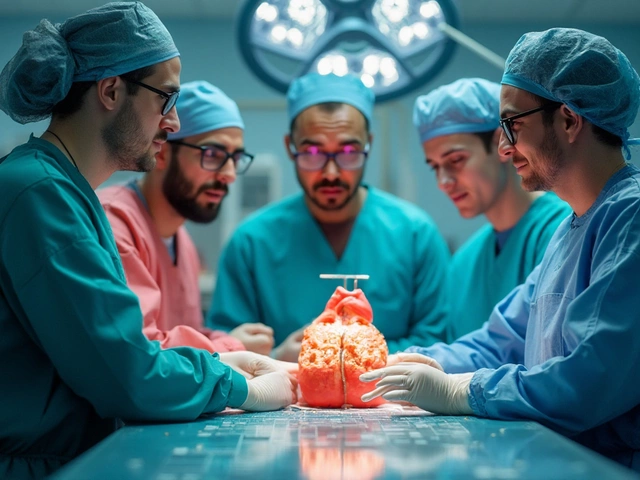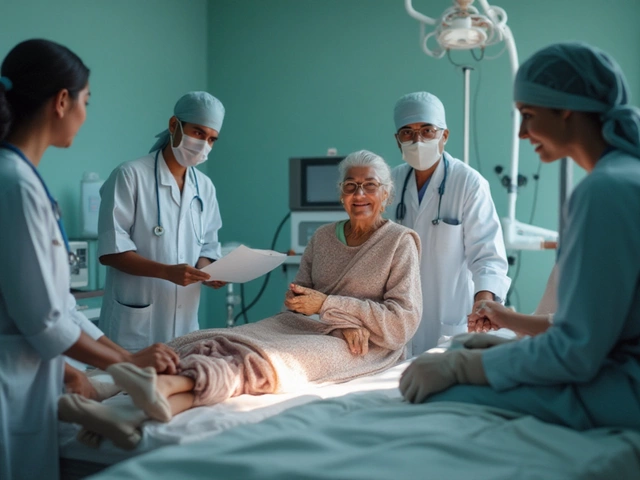Strongest Diabetes Medicine: What Really Packs the Biggest Punch?
If you’ve ever wondered which diabetes drug is the most powerful, you’re not alone. Lots of people think “stronger” means “harder side‑effects,” but in reality it’s about how much the medicine can lower blood sugar and how often it works for tough cases.
First, let’s clear up what “strength” means in diabetes care. It isn’t just the milligram count on the bottle. A drug’s potency depends on how well it triggers insulin release, reduces glucose production, or slows down sugar absorption. Doctors also look at how fast the medicine acts and how long it lasts in the body.
Top Contenders for the Strongest Spot
Semaglutide (Ozempic, Wegovy) – This GLP‑1 agonist can drop A1C by up to 2 % in many users. It’s taken once a week and works by boosting insulin when glucose is high while cutting appetite. Because of its steady effect, many physicians rank it near the top for potency.
Tirzepatide (Mounjaro) – A newer dual‑agonist that hits both GLP‑1 and GIP receptors. Early data shows it can lower A1C even more than semaglutide, sometimes by 2.5 % or more, and it also leads to big weight loss. It’s often called the “heavy‑hitter” for type 2 diabetes.
High‑dose insulin (U‑100, U‑500) – When oral meds aren’t enough, doctors turn to insulin. U‑500 insulin is five times more concentrated than standard insulin, delivering a massive glucose‑lowering punch in a tiny volume. It’s powerful but requires careful dosing and monitoring.
SGLT2 inhibitors (empagliflozin, canagliflozin) – These don’t directly increase insulin, but they force the kidneys to dump excess glucose. For people with heart or kidney issues, they’re considered strong options because they improve multiple health markers.
How Doctors Choose the Right ‘Strong’ Medicine
Doctors start with your A1C, kidney function, heart health, and how you’ve responded to other meds. If you’ve tried metformin and it didn’t bring A1C down enough, they might add a GLP‑1 agonist or switch to tirzepatide. For people who need rapid control, high‑dose insulin can be started under close supervision.
Side‑effects matter, too. GLP‑1 drugs can cause nausea, especially at the beginning. High‑dose insulin raises the risk of low blood sugar if you miss a meal. SGLT2 inhibitors can lead to urinary infections. Your doctor weighs these risks against the drug’s strength.
Cost is another factor. Newer drugs like tirzepatide are pricey, but many insurers now cover them after a trial period. Talk to your pharmacist about patient assistance programs if price is a barrier.
Finally, lifestyle still plays a big role. Even the strongest drug can’t replace good diet, regular exercise, and proper monitoring. Use your medication as a tool, not a crutch.
In short, the most potent diabetes medicines today are tirzepatide, semaglutide, and high‑concentration insulin. They work differently, have unique side‑effects, and aren’t “one size fits all.” Ask your doctor which one matches your health profile, and keep an eye on your blood sugar to see how well it works for you.

Strongest Diabetes Medicines: What Really Works in 2025?
Explore the most powerful medicines for diabetes, including who they help, how they work, and which are considered strongest by recent research and doctors.

How Long Do Dental Implants Really Last?
Mar, 11 2025

What Are the 5 Basic Steps of Skin Care?
Dec, 2 2025


